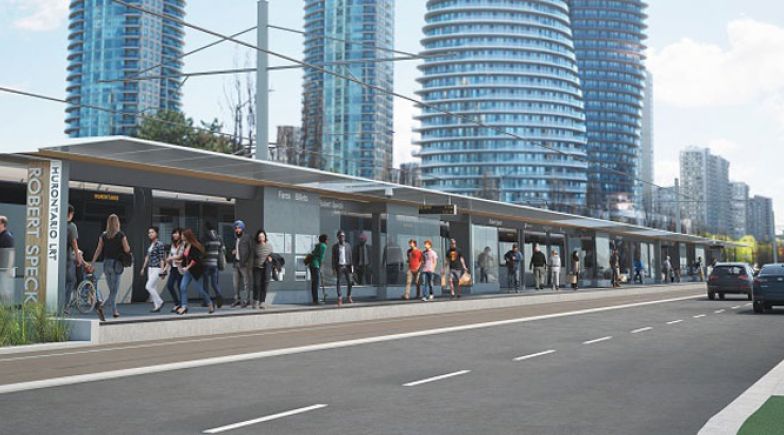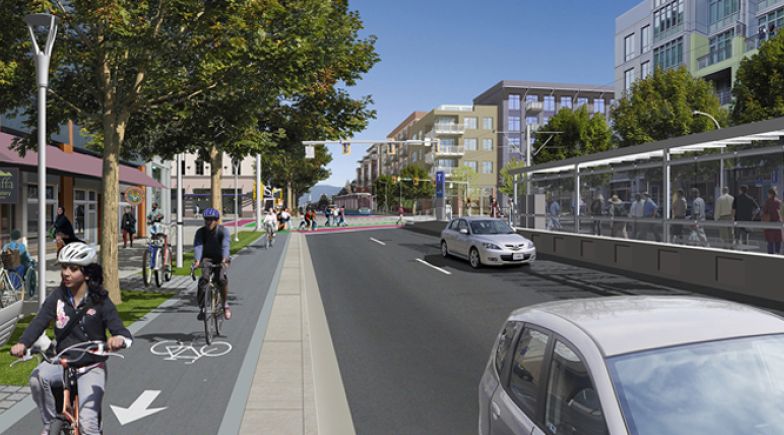The study looked at the potential for establishing a light rail line along the Brooklyn and Queens waterfront in New York City. This would be the first light rail system in New York City and one of the few expansions of the rail transit system in decades. Based on recommendations contained in the study, the Mayor of New York announced the initiative and currently the study is undergoing Final Feasibility.
How we helped
As sub-consultant to HDR, Steer was selected to lead the ridership and revenue estimates for the high profile BQX Technical Feasibility and Impact Study.
The ridership and revenue forecasting conducted by Steer is based on explicitly modeling the modal choice of users in the BQX market areas. The modal choice calculations are based on the relative attractiveness of the BQX service comparative to the existing transit modes in the corridor, such as subway, bus and ferry. In particular access time, wait time, travel time and associated fares were examined.
The resulting model is a standard mode choice model, which allows the estimation of detailed ridership by station area based on existing origin-destination patterns for Journey to Work (JTW), as well as the actual travel cost advantages that the BQX will confer for these JTW markets.
Successes and outcomes
The flexible tool developed by Steer was instrumental in New York City being able to test a preliminary service route and explore the opportunity of optimizing the service feasibility by considering a phased construction timeline.

